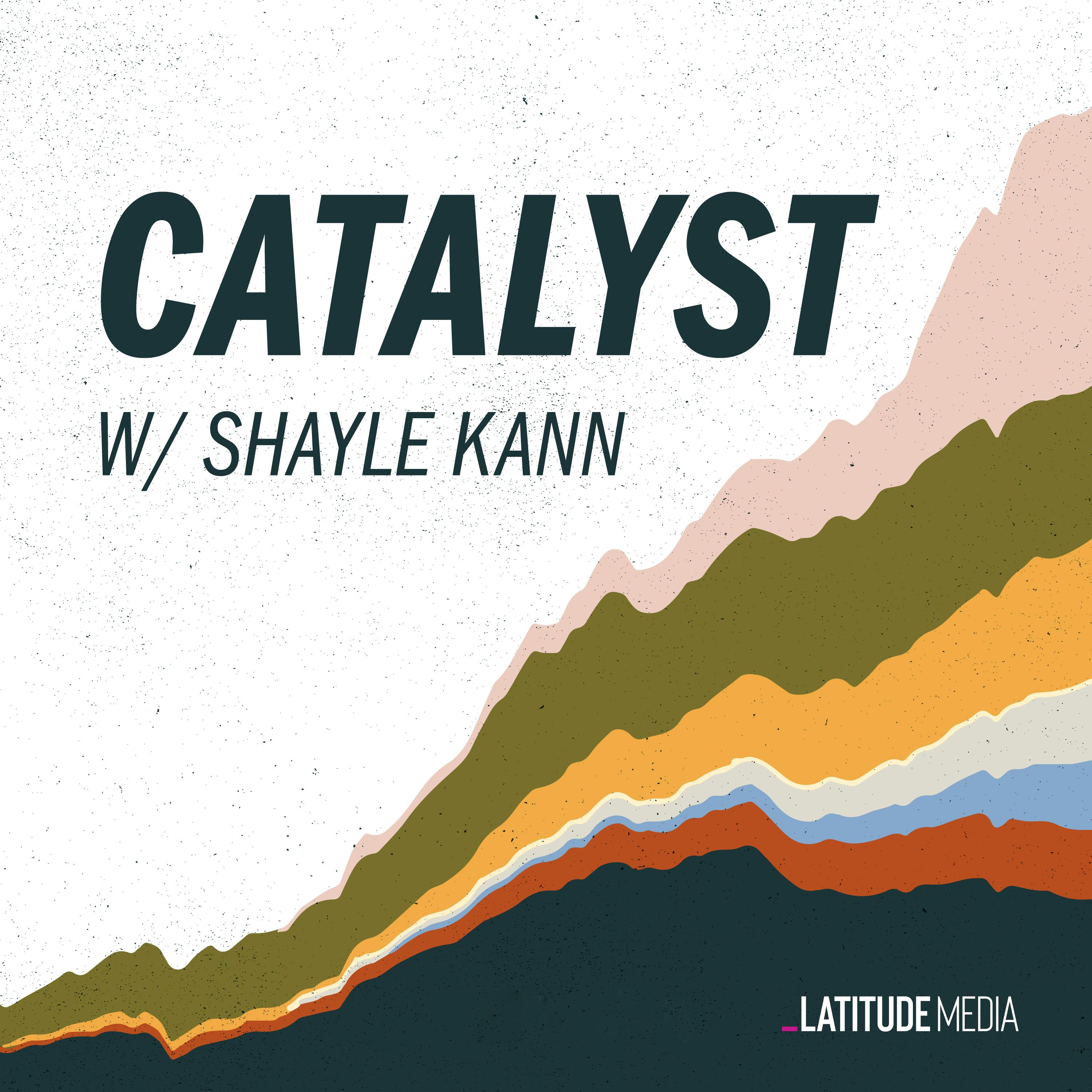The complex path to market for low-carbon cement
Description
Getting the construction industry to try a novel form of cement is like turning a giant ship. It’s hard to redirect the immense momentum behind existing ways of doing business, especially involving cement, the most energy-intensive ingredient in concrete. Industry insiders point to tight margins, concerns about messing with the ingredients that literally hold up buildings, and the long list of stakeholders will agree to try a new material.
So how do you get a risk-averse construction supply chain to try decarbonized cement?
In this episode, Shayle talks to Leah Ellis, CEO and co-founder of Sublime Systems, a company that recently landed its first commercial deployment of decarbonized cement. (Shayle is an investor in Sublime). Shayle and Leah cover topics like:
The long list of parties involved in a single pour of concrete
Why the green premium is a burden for margin-squeezed contractors but “budget dust” for the building buyer
How to align stakeholders, once there's buy-in from financers
How a book-and-claim system could work for decarbonized cement
How major concrete consumers, like governments, can create demand
Why the boom in data center construction creates a window of opportunity for decarbonized construction materials
Recommended resources
Catalyst: Pathways to decarbonizing steel
Catalyst: Fixing cement’s carbon problem
Latitude Media: With climate venture capital down, industrial investments had a ‘breakout year’ in 2023
Catalyst is brought to you by EnergyHub. EnergyHub is working with more than 70 utilities across North America to help scale VPP programs to manage load growth, maximize the value of renewables, and deliver flexibility at every level of the grid. To learn more about their Edge DERMS platform and services, go to energyhub.com.
On December 3 in Washington, DC, Latitude Media is bringing together a range of experts for Transition-AI 2024, a one-day, in-person event addressing both sides of the AI-energy nexus: the challenges AI poses to the grid, and the opportunities. Our podcast listeners get a 10% discount on this year’s conference using the code LMPODS10. Register today here!
More Episodes
Shayle and his team at Energy Impact Partners (EIP) review a lot of climate-tech pitches. The best kind of pitch uses a solid techno-economic analysis (TEA) to model how a technology would compete in the real world. In a previous episode, we covered some of the ways startups get TEAs wrong — bad...
Published 11/21/24
Oh, the heat pump — a climate tech darling that still hasn’t hit the big time yet. One challenge for heat pumps is that the customer experience can be difficult, involving a complex installation process, poor installation jobs, and even technicians that don’t want to sell you one.
What’s it going...
Published 11/14/24
Published 11/14/24


